-
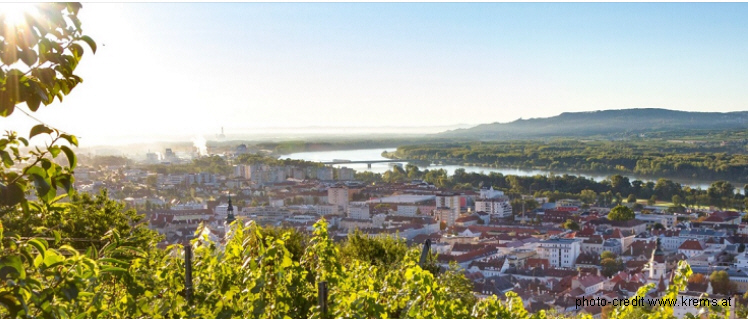
Host City Krems of 44. IAD Conference (6.Febr-9.Febr 2023), Austria: photo credit: Stadt Krems
-

Danube River, 44.IAD Conf Krems (8.2.2023), Wachau, Austria photo credit: Віктор Вишневський (UA)
-
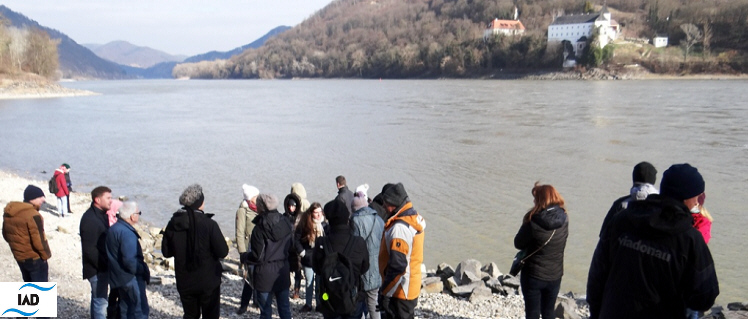
Danube River Excursion, 44.IAD Conf Krems (8.2.2023), Wachau (near Grimsing), Austria photo: K.Teu
-

Danube stretch in winter mood, Romania, 2010 photo credit: Harald Kutzenberger
-
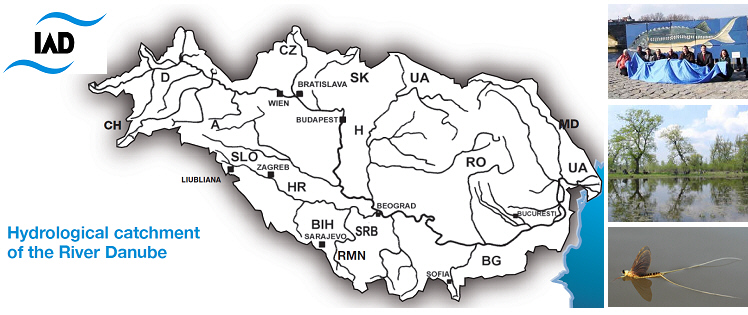
Map of the Danube River Basin and IAD-countries photo credit: several authors
-
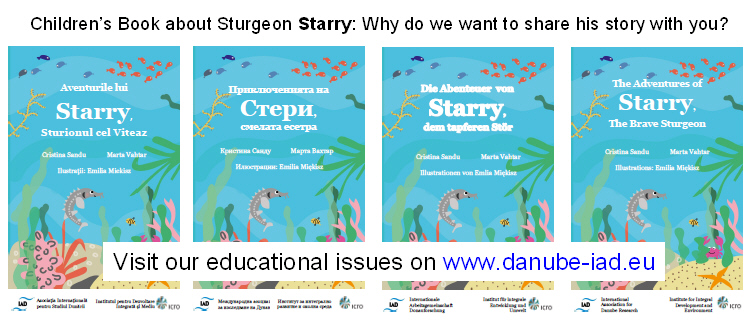
Children's Book by Sandu, Vahtar and Miękisz (2020), English Book & Translations credit: book illustrations
-

Children's Book by Sandu, Vahtar and Miękisz (2020), Multilingual Translations credit: book illustrations
-
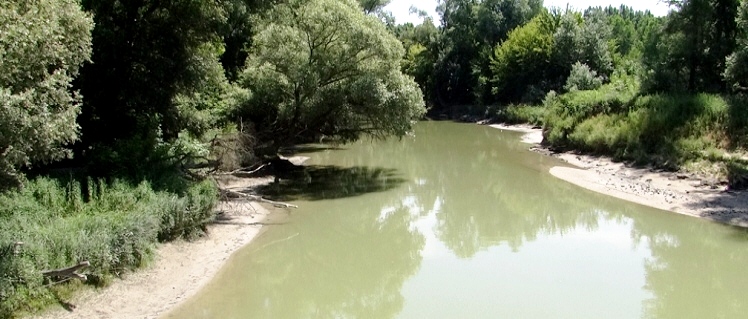
Veľkolélsky island, Danube floodplain, Slovakia, 2022 photo credit: Katrin Teubner
-
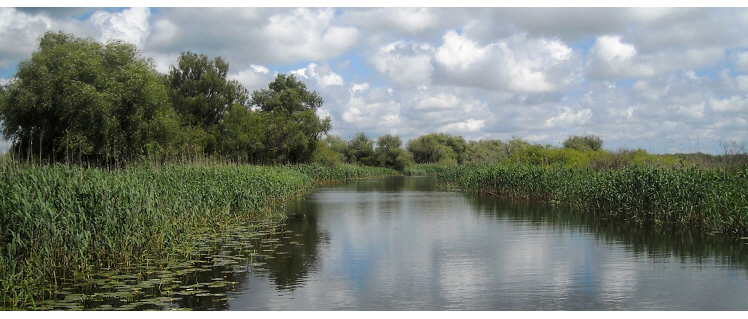
Danube channel, Romania photo credit: Cristina Sandu
-

Children's Book by Sandu, Vahtar and Miękisz (2020), Translation into Romanian credit: book illustrations
-

Sturgeon, Romania photo credit: Viorel Gavrila
-
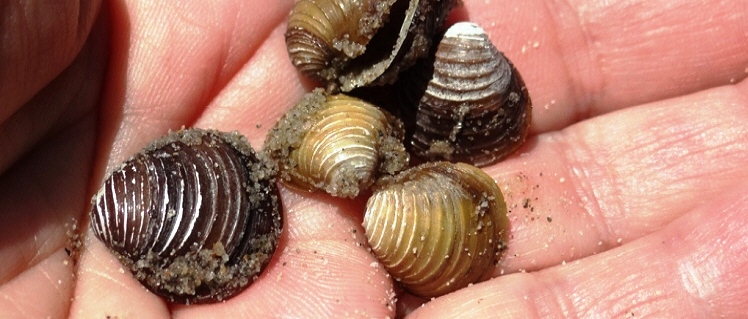
Veľkolélsky island, Corbicula sp., Slovakia. 2022 photo credit: Katrin Teubner
-

Veľkolélsky island, Slovakia, 2022 photo credit: Katrin Teubner
-
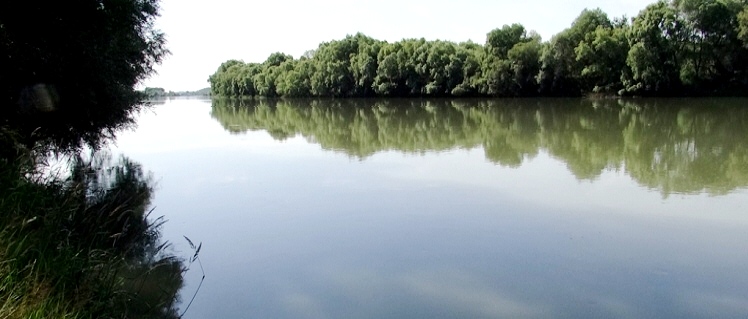
Danube sidearm near Gabčíkovo dam, Slovakia, 2022 photo credit: Katrin Teubner
-
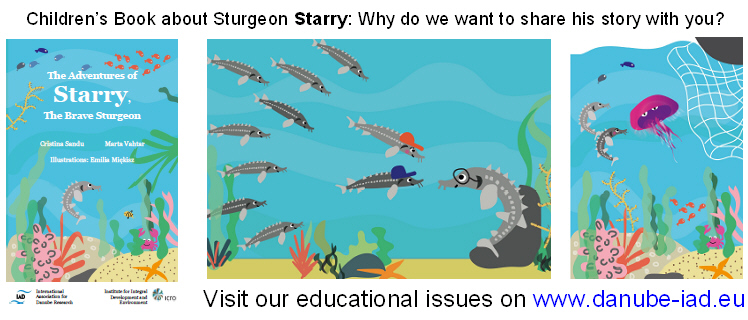
Children's Book by Sandu, Vahtar and Miękisz (2020), English credit: book illustrations
-
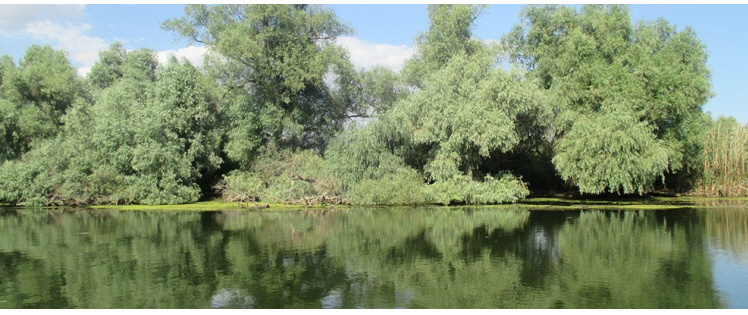
Channel Danube Delta, Romania photo credit: Cristina Sandu
-

Children's Book by Sandu, Vahtar and Miękisz (2020), Colouring Books credit: book illustrations
-
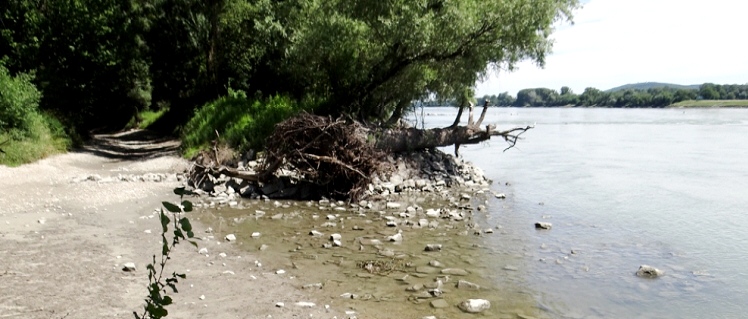
Daube river at Bratislava, Slovakia, 2022photo credit: Katrin Teubner
-

Danube River floodplain forest, Hedera helix, Austria, 2023photo credit: Katrin Teubner
-
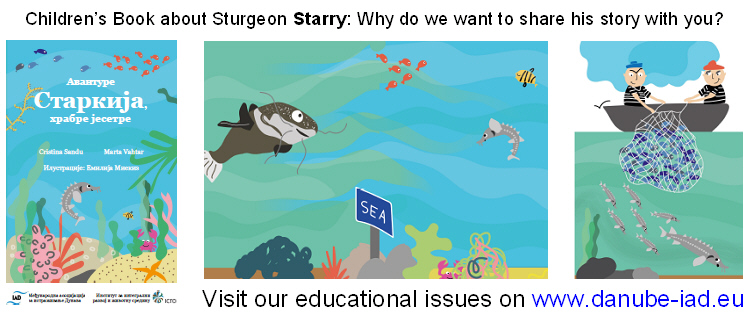
Children's Book by Sandu, Vahtar and Miękisz (2020), Translation into Serbian credit: book illustrations
-
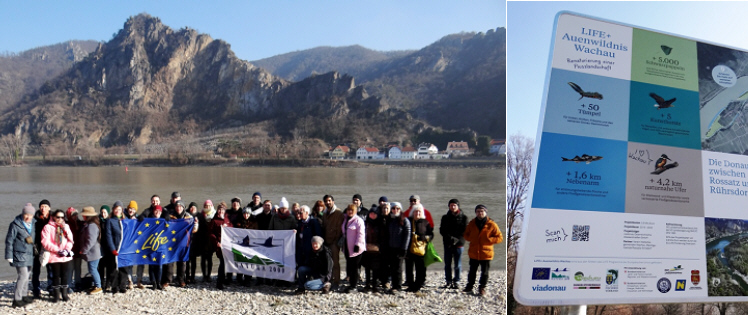
Danube River Excursion, 44.IAD Conf Krems (8.2.2023), Wachau (Rossitz-Rührdorf), Austria photo: K.Teu
-
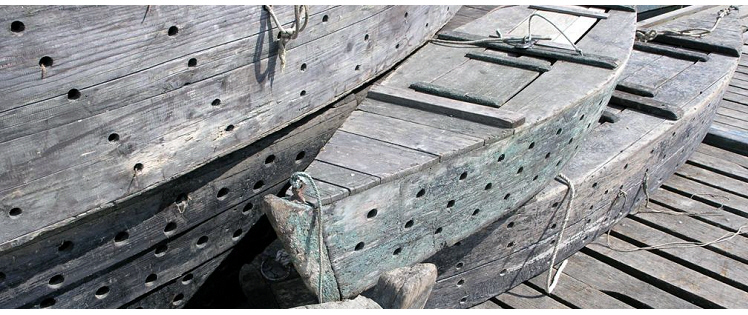
Fish catch boats in Gemenc, Hungary, 2007 photo credit: Katrin Teubner
-

Gemenc fishery, Hungary, 2007 photo credit: Katrin Teubner
-

Children's Book by Sandu, Vahtar and Miękisz (2020), Translation into Hungarian credit: book illustrations
-
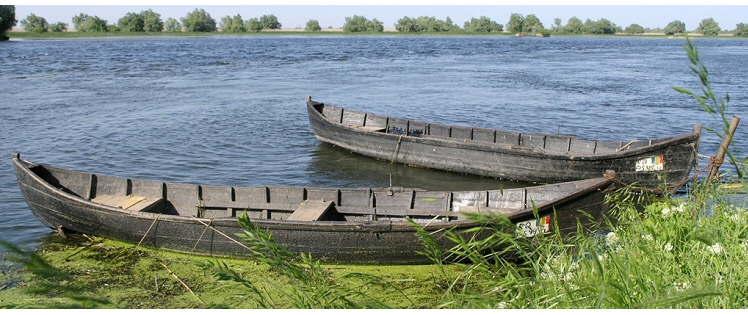
Fisherboats at village Mila, Romania, 2005 photo credit: Katrin Teubner
-
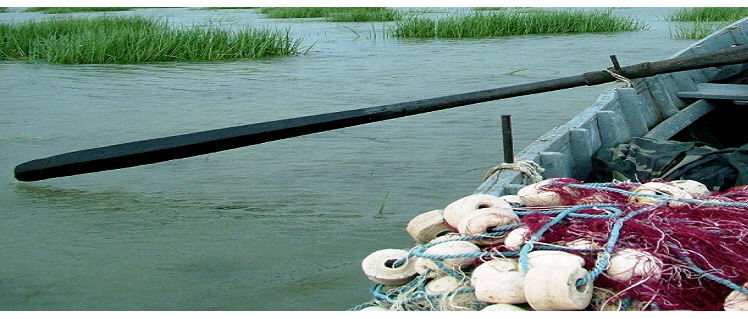
Fisherboat, Romania, 2005 photo credit: Nicolae S.P.
-

Fishermen boat, Romania photo credit: Cristina Sandu
-

Danube stretch in Orsova, Romania, 2005 photo credit: Katrin Teubner
-

Hydromorphological assessment for Danube tributaries: Drava and Mura photo credit: Ulrich Schwarz
-

Children's Book by Sandu, Vahtar and Miękisz (2020), Translation into Croatian credit: book illustrations
-
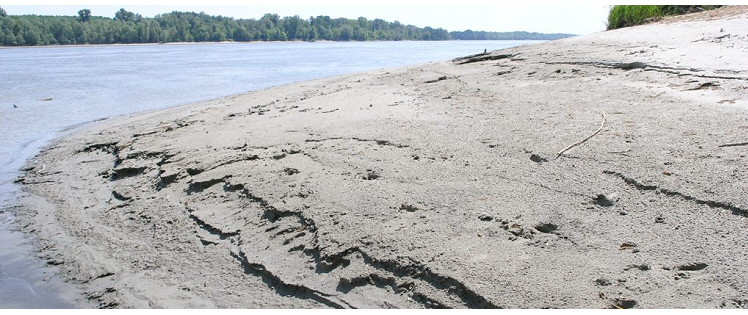
Danube stretch in Gemenc, Hungary, 2007 photo credit: Katrin Teubner
-
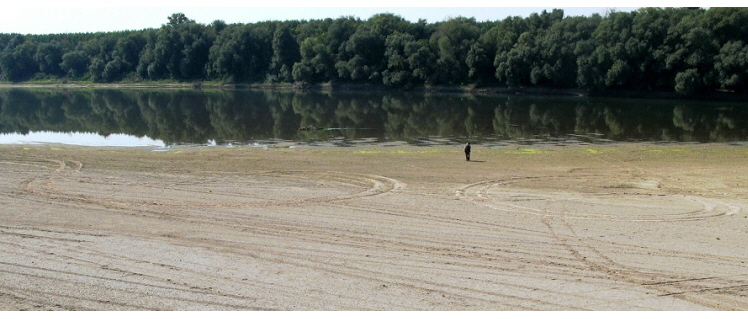
Danube side channel, Romania, 2005 photo credit: Nicolae S.P.
-
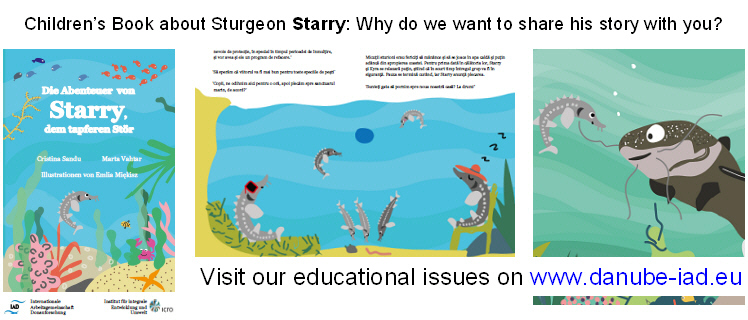
Children's Book by Sandu, Vahtar and Miękisz (2020), Translation into German credit: book illustrations
-
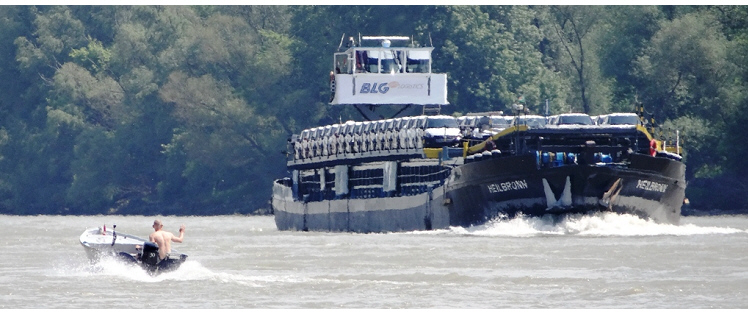
Danube Schönau, Austria, 2013 photo credit: Katrin Teubner
-
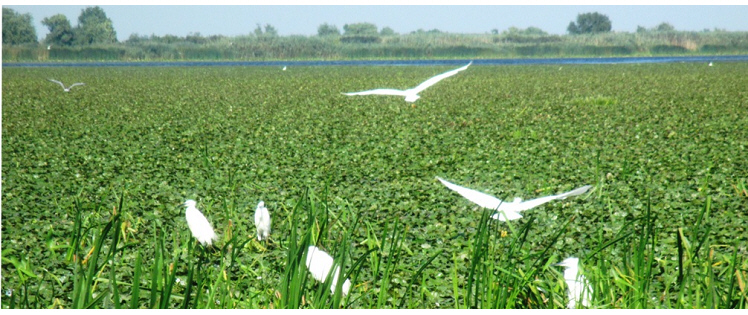
Egrets at Channel Danube Delta, Romania, 2016 photo credit: Cristina Sandu
-
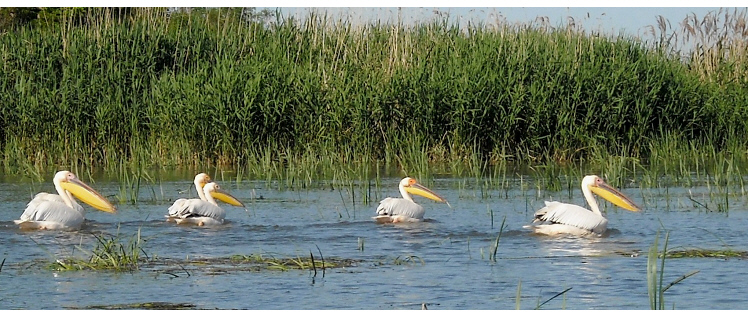
Danube Delta, pelicans, Romania photo credit: Cristina Sandu
-
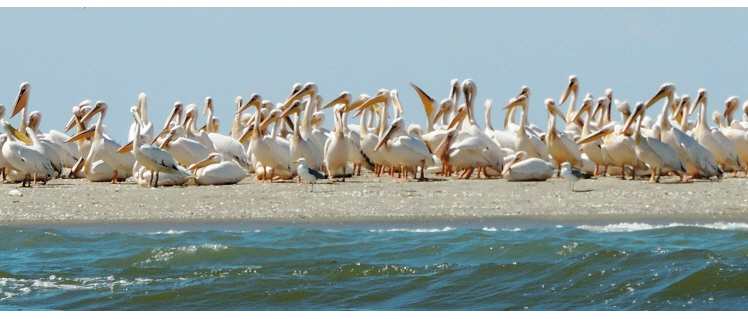
Danube Delta, pelican colony, Romania photo credit: Cristina Sandu
-
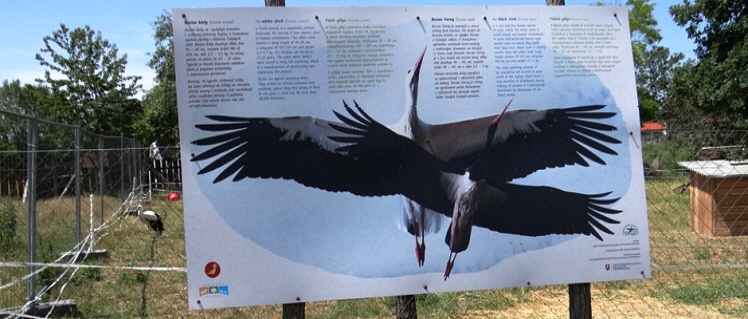
Veľkolélsky island, Slovakia, 2022photo credit: Katrin Teubner
-
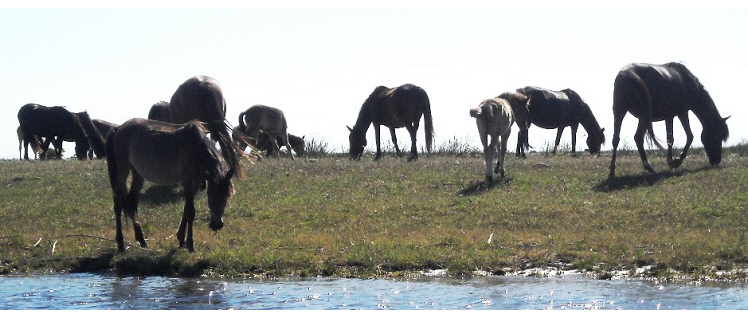
Horses in the Danube Delta, Romania photo credit: Cristina Sandu
-
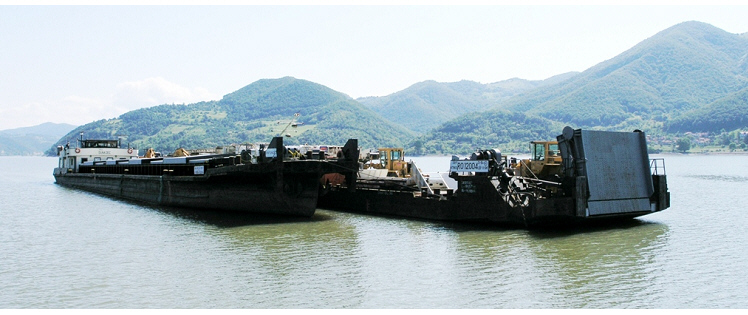
Danube, Romania, 2005 photo credit: Katrin Teubner
-
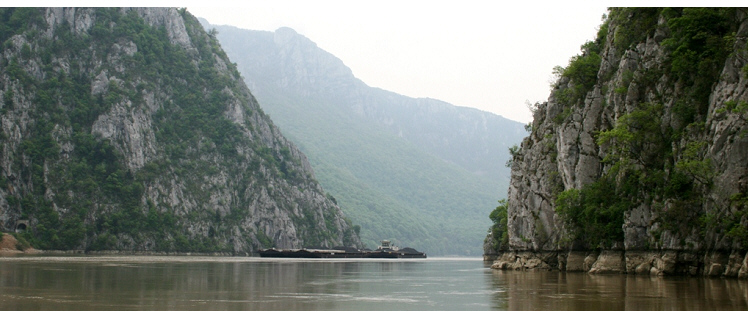
Danube, Romania photo credit: Nicolae Găldean
-
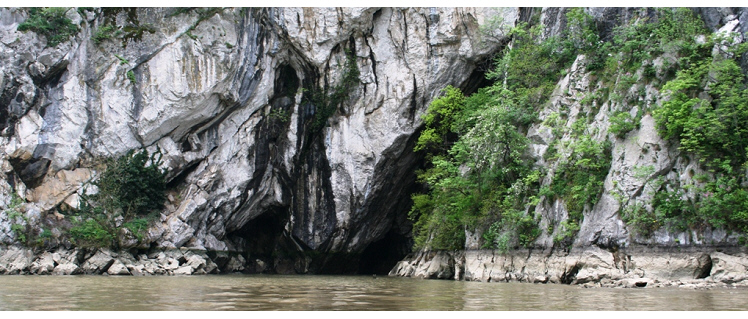
Danube, Romania photo credit: Nicolae Găldean
-
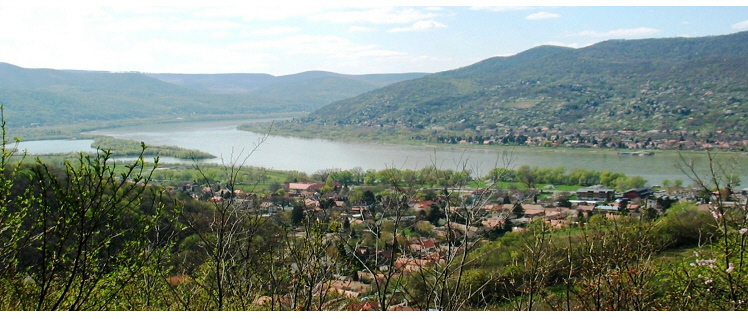
Danube at Visegrád, Hungary, 2019 photo credit: Mária Dinka
-
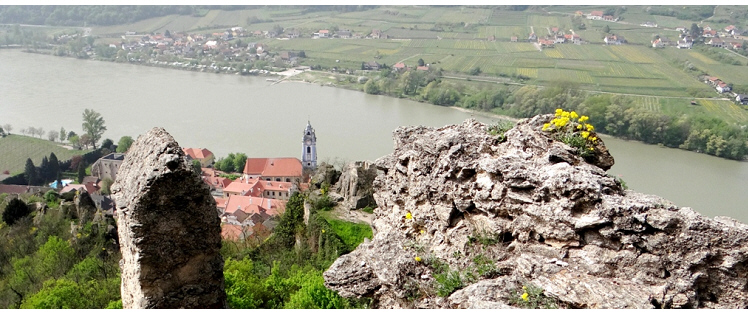
Danube stretch at town Dürnstein, Austria, 2013 photo credit: Katrin Teubner
-

Danube Delta, Chironomidae at Lake Puiu, Romania, 2005 photo credit: Katrin Teubner
-
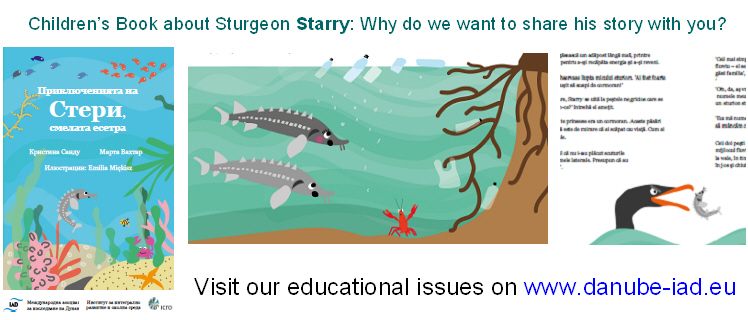
Children's Book by Sandu, Vahtar and Miękisz (2020), Translation into Bulgarian credit: book illustrations
-
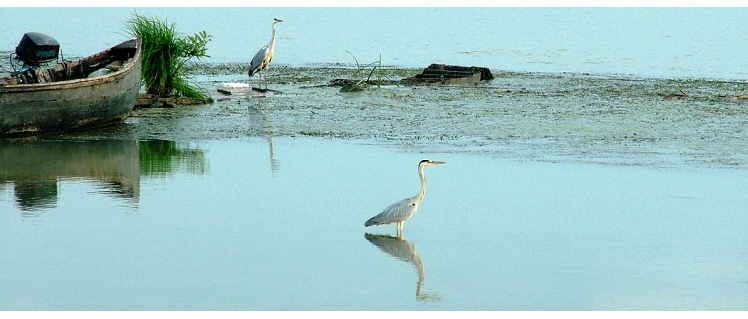
Danube Delta, Grey Herons, Romania, 2005 photo credit: Nicolae S.P.
-
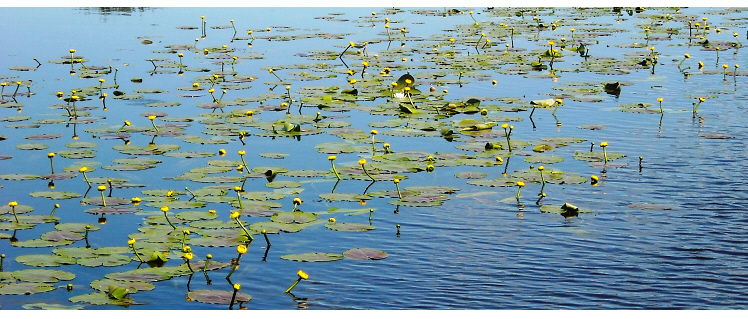
Danube Delta, Yellow Water Lily, Romania photo credit: Cristina Sandu
-

Danube Delta, stork nest, Romania photo credit: Cristina Sandu
-
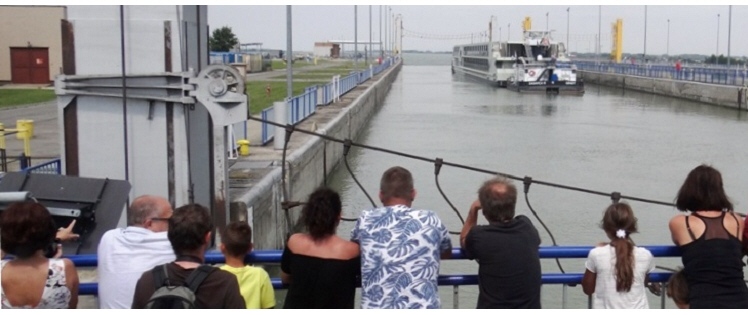
Hydroelectric power plant Gabčíkovo, Slovakia, 2018 photo credit: Katrin Teubner
-
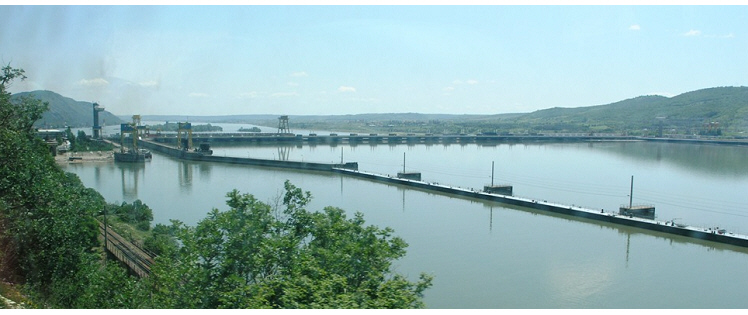
Iron Gates hydroelectric power plant, Romania, 2005 photo credit: Katrin Teubner
-

Macrophytes in the Danube Delta, Yellow Water Lily, Romania, 2005 photo credit: Katrin Teubner
-
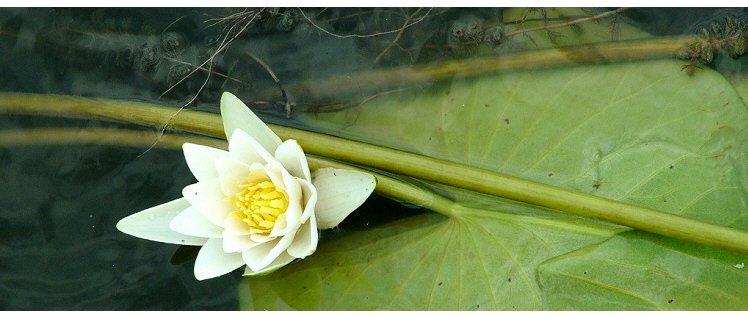
Channel Danube Delta, White Water Lily, Nymphaea alba, Romania, 2005 photo credit: Nicolae Ş.P.
-

Floodplain Danube Delta, 2005 photo credit: Nicolae Ş.P.
-
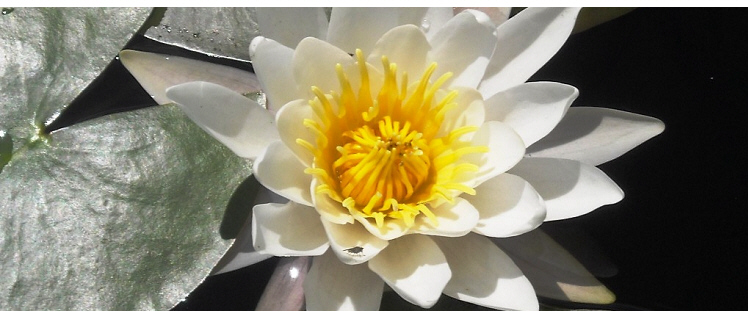
Danube Delta, White Water Lily, Nymphaea alba, Romania photo credit: Cristina Sandu
-
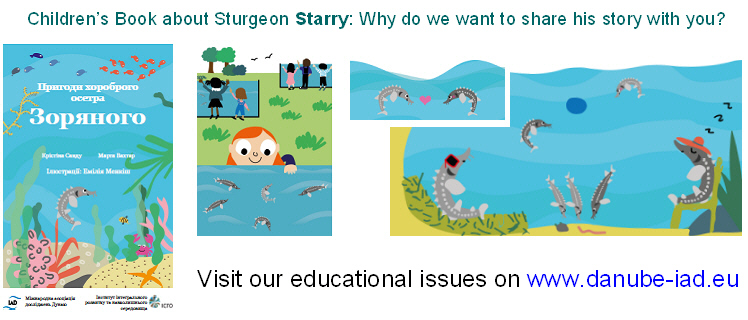
Children's Book by Sandu, Vahtar and Miękisz (2020), Translation into Ukrainian credit: book illustrations
-
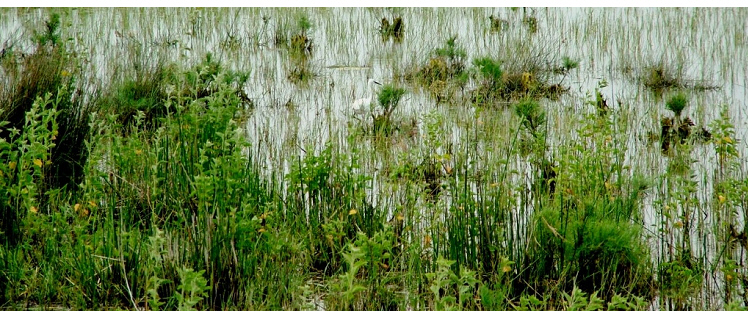
Floodplain Danube Delta, egrets, 2005 photo credit: Nicolae Ş.P.
-
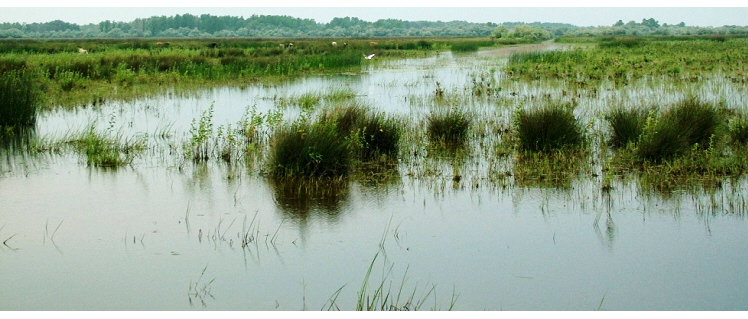
Floodplain Danube Delta, egrets, 2005 photo credit: Nicolae Ş.P.
-
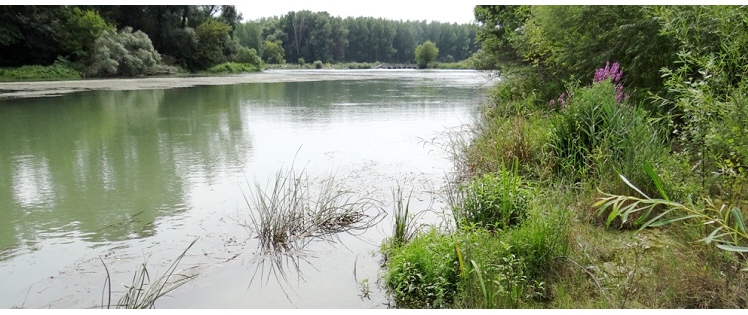
Floodplain near Gabčíkovo, Slovakia, 2018 photo credit: Katrin Teubner
-
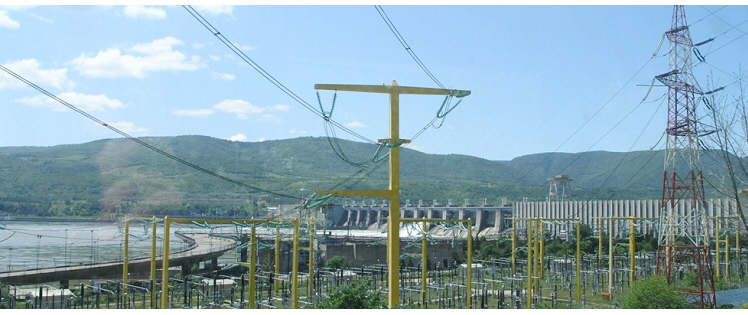
Iron Gates hydroelectric power plant, Romania, 2005 photo credit: Katrin Teubner
-

Alte Donau, Vienna, Austria, 2018 photo credit: Katrin Teubner
-
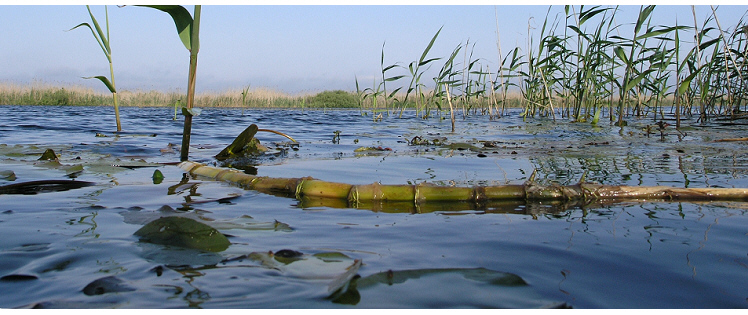
Phragmites australis in the Danube Delta, Romania, 2005 photo credit: Katrin Teubner
-
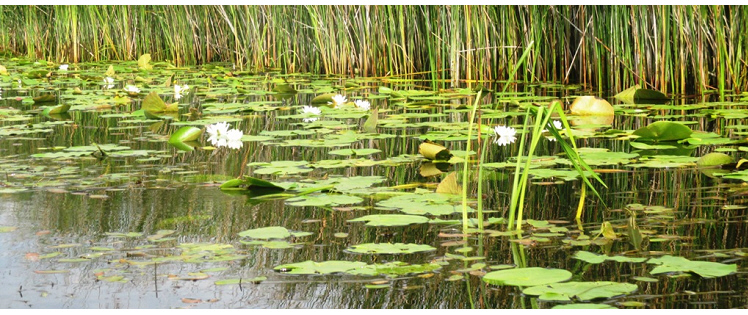
Channel Danube Delta, Romania, 2016 photo credit: Cristina Sandu
-
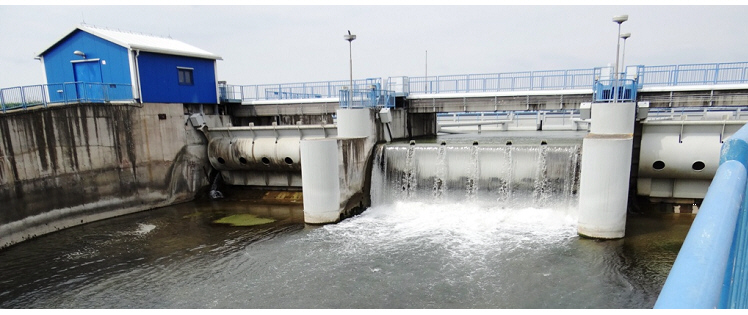
Floodplain at Gabčíkovo, Slovakia, 2018 photo credit: Katrin Teubner
-
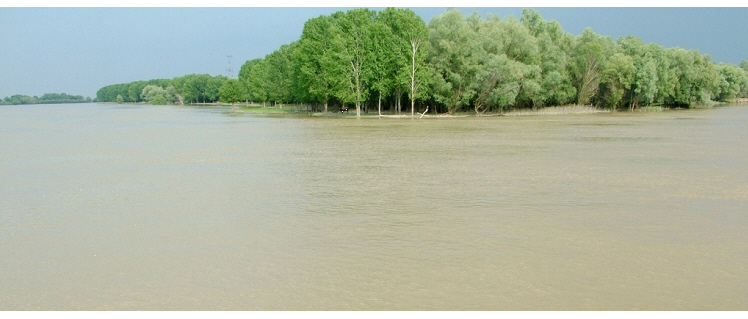
Danube, Romania, 2005 photo credit: Nicolae S.P.
-
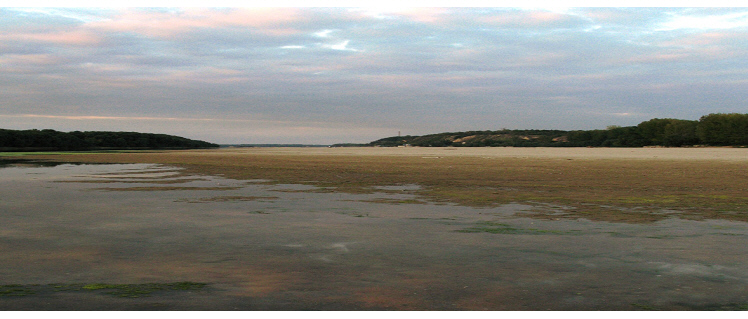
Danube, during low water level, Romania, 2005 photo credit: Nicolae S.P.
-
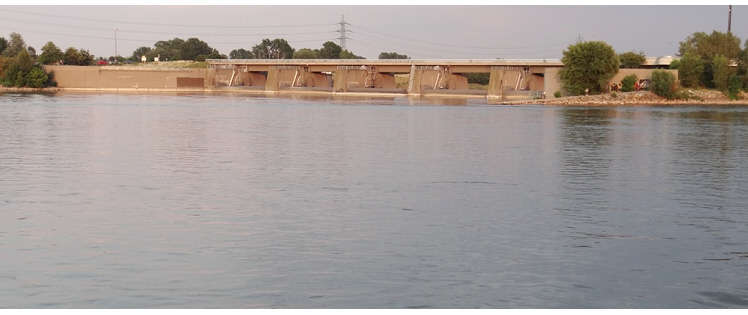
Hydroelectric power plant Grafenwoerth, Vienna, Austria, 2018 photo credit: Katrin Teubner
-
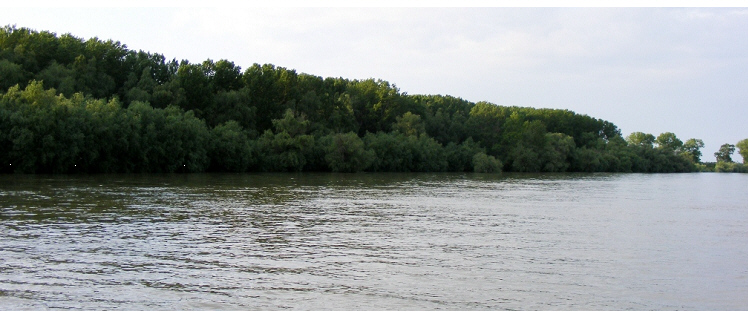
Danube, Romania photo credit: Nicolae Găldean
-

Phragmites australis in the Danube Delta, Romania, 2005 photo credit: Katrin Teubner
-
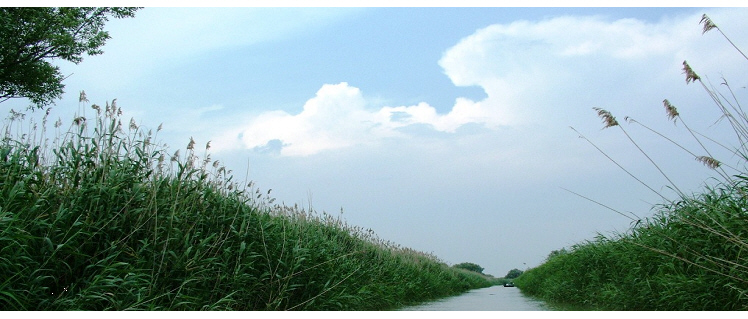
Channel Danube Delta, Romania, 2005 photo credit: Nicolae S.P.
Fishery/Fish Biology
Co-ordinator: Dr. Mirjana LENHARDT
Overview
The Expert Group “Fishery/Fish Biology” was established in 1960. The first leader of Expert Group was Prof. Dr. Theodor Busnita (till 1973). During 1974 and 1975 IAD president and General Secretary performed role of group leader. During the period 1976-2003 Prof. Dr. Nicolae Bacalbasa-Dobrovici from Romania was a leader of group. During last years several different thematic problems emerged in work of this group.
1. Sturgeon
Six species of sturgeon are native to the Danube River Basin. The need for conservation action is urgent, given that recent observations in the Lower Danube indicate that all sturgeon populations are near extinction. That was the main reason for preparation of the Action Plan for the conservation of sturgeons (Acipenseridae) in the Danube River Basin (Nature and Environment, No. 144), 2006 (http://book.coe.int). This Action Plan is the result of a major collaborative process, engaging sturgeon stakeholders from across the Danube River Basin as well as from further afield. The centerpiece of this process was a consultative technical workshop held in Petronell, Austria, in July 2005. The initiative for this workshop, as well as for the proposal on establishment of sturgeon as the flag animal for the Danube River came from Dr Bloesch Juerg, former president of IAD. Analysis of sturgeon catch data in Serbian part of the Danube River was performed and results published in the Journal Biodiversity and Conservation (2006) 15: 1967-1976 (“Assessment of extinction risk and reasons for decline in sturgeon”, Lenhardt et al.).
Expert Meeting on coordination and implementation of sturgeon stocking programmes for the Lower Danube River and of the North – West Black Sea Region was held in Sarulesti, Romania, from 21-22 June 2006.
2. Non-native fish species
Bearing in mind words of Courtney & Taylor (1984) that “An introduction is an introduction, whether the source is intranational, intracontinental or foreign. Impacts, ranging from negligible to major, are to be expected.” monitoring of distribution of non-native fish species in the Danube River Basin is one of the most important tasks for ichthyologists. Amongst the most impressive East-to-West invasions of European inland waters in recent decades are those of topmouth gudgeon, the Chinese (Amur) sleeper Perccottus glenii and Ponto-Caspian gobies. According to data obtained from ichthyologists from Slovakia, Serbia and Bulgaria, Manuscript “Distribution of Amur sleeper (Perccottus glenii Dubowski 1877) in the Danube River Basin” is being prepared for publication.
3. Management of Freshwater Fisheries on Bordering Rivers
The Project “Management of Freshwater Fisheries on Bordering Rivers” was financed by the Norwegian Ministry of Foreign Affairs and finished in 2005. Scientists and relevant governmental institutions from Norway, Croatia, Bosnia and Herzegovina and Serbia participated in this project.
The Project was intended to facilitate effective decision-making in freshwater fisheries management on the Danube and Sava Rivers through joint policy development and institutional strengthening, along with the documentation on best practices and awareness rising in effective fisheries management. The project aims were to be achieved by setting up a broad cooperation framework with 3 countries (Republic of Croatia, Republic of Bosnia and Herzegovina and Republic of Serbia), as well as by a framework agreement for protection of commercial fish species.
Project follow-up application procedure is completed, and main activity in this project period will be establishment of monitoring station on the bordering part of the Danube River between Croatia and Serbia.
Sturgeon
- Stör ist mehr als Kaviar - Medienkonferenz am 7. Mai 2003 in Regensburg / Sturgeon is more than Caviar - Media Conference on May 7, 2003, in Regensburg (PDF)
- Sturgeon Event in Hungarian Danube on June 25th, 2003
- See also Special Interest STURGEON and http://rosturgeons.danubedelta.org
